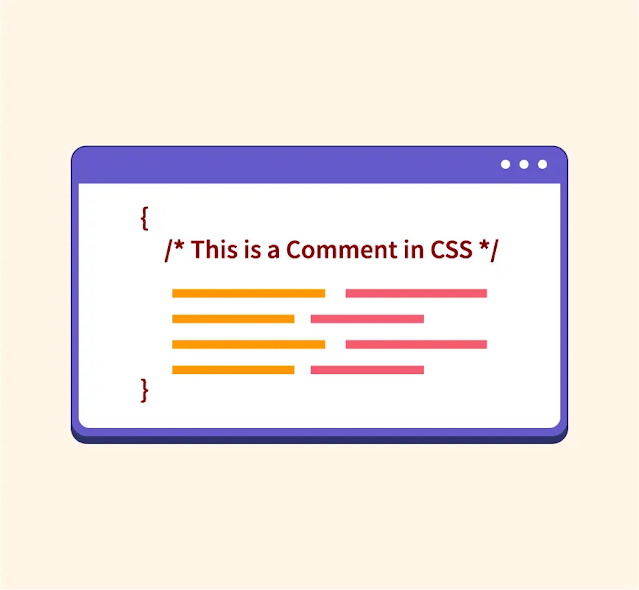CSS: Cascading Style Sheets “Comments” - Here's How To Use It
{tocify} $title={Table of Contents}
CSS (Cascading Style Sheets) is a style sheet language that is widely used in web development to define the presentation and styling of web pages written in HTML or XML.
CSS comments are a useful feature of the language that allows developers to add comments to their code that will not be executed as part of the style sheet.
In this blog post, we will discuss what CSS comments are, why they are useful, how to write them, and best practices for using them effectively.
By the end of this post, you will have a clear understanding of the importance of CSS comments and how to use them to improve the readability and maintainability of your code.
CSS Comments definition
CSS comments are lines of text in CSS code that are not executed by web browsers.
They are used to provide information about the code, such as notes or explanations, without affecting the appearance or functionality of the web page.
Comments in CSS are enclosed in /* */ delimiters, and the browser ignores anything between these delimiters.
CSS comments are a helpful tool for developers to improve the readability and maintainability of their code, as well as to aid in collaboration with other developers.
Why use CSS Comments?
CSS comments are useful for several reasons, including:
Explaining Code: Comments can be used to explain what a section of code does or why it is there. This can be helpful for other developers who need to read and modify the code in the future.
Debugging: Comments can be used to temporarily disable a section of code to troubleshoot problems.
Organization: Comments can be used to break up large blocks of code into smaller, more manageable sections.
Collaboration: Comments can be used to communicate with other developers working on the same codebase.
How to Write CSS Comments
CSS comments are created using the /* and */ delimiters. Everything between these delimiters is considered a comment and is ignored by the browser.
For example:
/* This is a CSS comment */{codeBox}
You can also use comments to temporarily disable a section of code for debugging purposes.
For example:
/* This is a comment that disables the following codediv {color: red;}*/{codeBox}
In the example above, the entire block of code inside the comment is ignored by the browser. This can be helpful when trying to isolate a problem in your code.
Best Practices for Using CSS Comments
Using CSS comments effectively is an important part of writing clean, maintainable code. Here are some best practices to keep in mind when using CSS comments:
- Be Clear and Concise
Write comments that are easy to understand and provide useful information. Avoid writing long comments that are difficult to read.
- Use Proper Formatting
Use consistent formatting for your comments to make them easy to read. For example, use a consistent indentation level and avoid using all caps.
- Avoid Redundancy
Don't repeat information that is already clear from the code. Comments should provide additional information or clarification.
- Update Comments When Necessary
If you make changes to your code, make sure to update any comments that are affected by the changes.
- Use Comments Sparingly
Avoid adding comments to every line of code. Use comments only when necessary to provide useful information.
Conclusion:
In conclusion, CSS comments are an essential aspect of web development that allows developers to add notes to their code that are not executed as part of the style sheet.
These comments can be used to provide information about the code, aid in debugging and make the code easier to read and maintain.
When writing CSS comments, it's important to follow best practices such as being clear and concise, using proper formatting, avoiding redundancy, updating comments when necessary, and using comments sparingly.
By using CSS comments effectively, developers can improve collaboration with their colleagues, make their code more efficient and readable, and ultimately create better websites and applications.
Small Note:
Friends, according to my expertise, I have written complete information to help you with “CSS Comments” If this post is favourable for you or not, please tell me by commenting.
If you liked this post, do not forget to share it with your friends so they can get information about it.
You can ask us through comments if you still have questions or doubts, I will answer all your questions, and you can contact us for more information.
Please tell us through the comment section if you think we miss anything.

